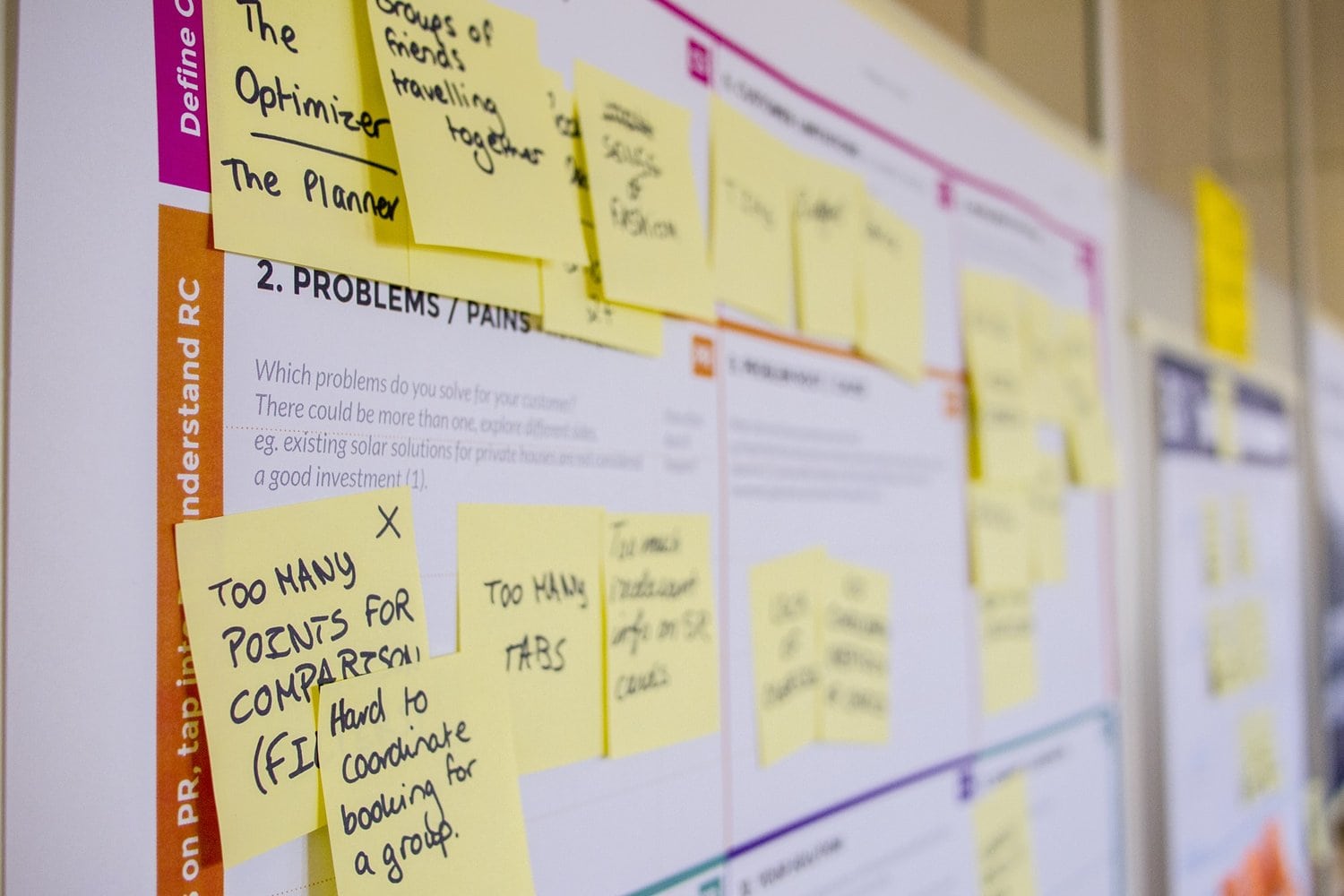Many leaders confuse solving problems with making decisions. Yes, decision-making is a critical part of problem-solving, but making a decision doesn’t necessarily mean that a problem is solved. I coach great leaders to identify the root of a problem, then make logical decisions and trigger actions to solve it. Solving the root of a problem this way helps to avoid new or related problems coming up later—and that’s key.
The ultimate aim of good problem-solving is to minimize the occurrence of future problems, not just make temporary decisions that kick the can down the road. The goal is to make the situation better.
There are a few pitfalls I see leaders fall into that a proper problem-solving framework helps them avoid:
- Being overwhelmed by the problem. I see many leaders freeze in the face of what appears to be a complex or high-impact problem. Frameworks help leaders break problems into smaller pieces, and this makes the problem-solving process manageable.
- Fear of making a decision. The perceived finality of decision-making makes many leaders uncomfortable. A framework relieves this pressure with an objective process that points them towards the most logical solution(s). The goal is to implement meaningful changes that will make things better, not to get it perfect out of the gate.
- Failing to formulate a plan. Leaders often decide how to solve a problem, but things fall apart at the execution level because there is no actionable plan attached to the decision. A proper framework forces decision-makers to distill solutions into specific recommendations. These let the company know what actions to take to build the solution.
There are tons of problem-solving frameworks out there, but I’ve found leaders have the most success with those that are very logic-based, versatile, and not overly time-consuming.
Here are three (3) logic tree frameworks I endorse for effective problem-solving and when to use them.
1) A deductive logic tree is best used for getting to the root of a problem. First, you identify the factors that could be impacting the problem and then deduce the root cause of the problem through the process of elimination.
Problem > factors > what you know about factors > root problem(s)
For example:
- Problem: Our customer call satisfaction numbers have declined by 30%
- Potential contributing factors:
- Product: The volume of product complaint calls increased by 20% when we released the latest version.
- Team: We moved our customer service offshore last year.
- Process: We changed the phone triage process a month ago.
- What we know about factors:
- Product: Customers are having difficulty understanding how to implement the latest product updates.
- Team: The customer service team is not trained on the product changes and therefore can’t answer the customers’ questions.
- Process: Customer emails and calls take a long time to reach the right customer service center.
- Root problem: The rise in product complaints and our inability to resolve them immediately cause customers to rate us poorly when they take the survey at the end of the interaction with the rep.
2) A hypothesis logic tree is best used to define and test potential solutions to the root problem. First, you organize possible solutions to the problem into hypotheses, then assess their validity with the data at hand.
Problem > Potential solutions > test potential solutions > best solution(s)
For example:
- Root problem: The rise in product complaints and our inability to resolve them immediately cause customers to rate us poorly when they take the survey at the end of the interaction with the rep.
- Potential solutions:
- Hypothesis 1: Fix the latest version of our product, and customer complaints will decrease.
- Hypothesis 2: Create a guide for the latest product, and customer service reps will know how to resolve customer complaints more quickly and accurately.
- Hypothesis 3: More quickly triage product complaints, and customers will feel more satisfied with our support services.
- Testing hypotheses:
- Hypothesis 1: We have 0 data aggregated on the specifics of the complaints, so we don’t know enough about what’s challenging our customers to fix the product.
- Hypothesis 2: Our outsourcing partner confirmed that guides had improved the performance of their teams for other clients.
- Hypothesis 3: We know that customers whose calls are answered and resolved within 30 minutes leave higher satisfaction ratings on average.
- Best solutions:
- Gather more data about the product complaints to inform product development.
- Create a product guide to help customer service reps resolve complaints quickly and efficiently.
- Implement a process to route product complaint emails and calls directly to the right customer service center.
3) A decision logic tree is best used to determine the recommendations that should make up your solution’s action plan. This process involves thinking through the implementation of each solution as a series of if/then scenarios.
If we implement [solution], then [action] needs to happen to be successful.
For example:
Recommendations:
- If we create a product guide, then all support reps must be trained to use it.
- If we want to quickly isolate and route product complaints to the correct center, then we need to create a special product support phone line/email that goes directly to the product support center.
- If we want to collect more data about product complaints to inform product development, then we must train support reps to take detailed descriptions of the problem and send those to the product team.
- If customers are still unsatisfied, then we need to enable support reps to modify subscriptions (if warranted) to resolve the complaint.
In many problem-solving scenarios, you can speed through some of these stages of thinking, but consistently, leaders must:
- Identify the root problem
- Test potential solutions with the data available
- Think through the actions that must be taken to implement the solutions.
It may be that even after going through these stages of logic, you still feel uncertain about your decision. This is when I encourage clients to invoke the advice of the late Colin Powell—an exceptional leader who had this to say about decision-making: “Once the information is in the 40% to 70% range, go with your gut.”
Unfortunately, you will rarely have enough information to certify your decisions before they are implemented. Leaders must let go of the misconception that resolving problems has to result in perfect outcomes every time and focus instead on continuously pushing the organization in a better direction.
If you need support gaining confidence in your problem-solving or need help better preparing your team for effective problem-solving (big or small), request a free consultation. I’d be glad to diagnose your challenges and discuss how my expertise could help.



0 Comments